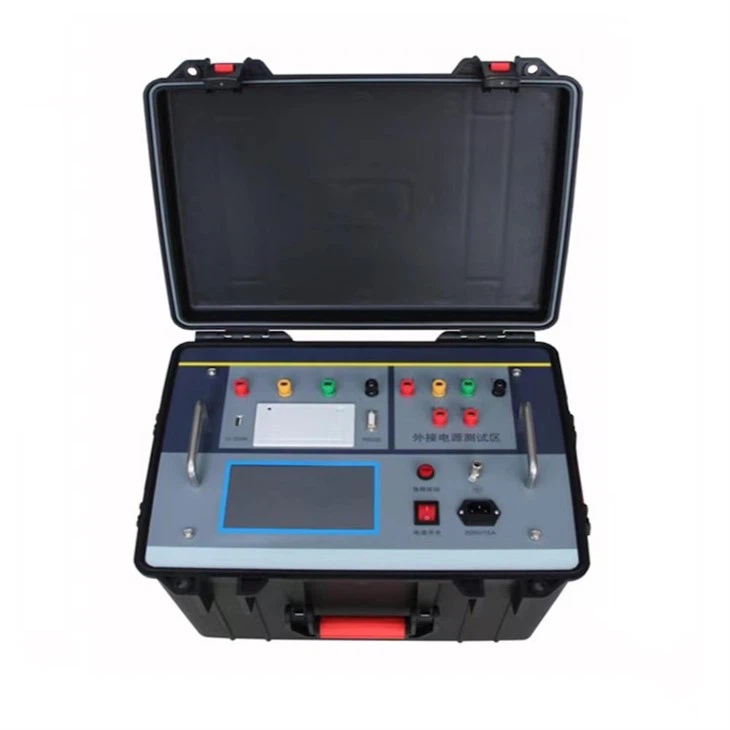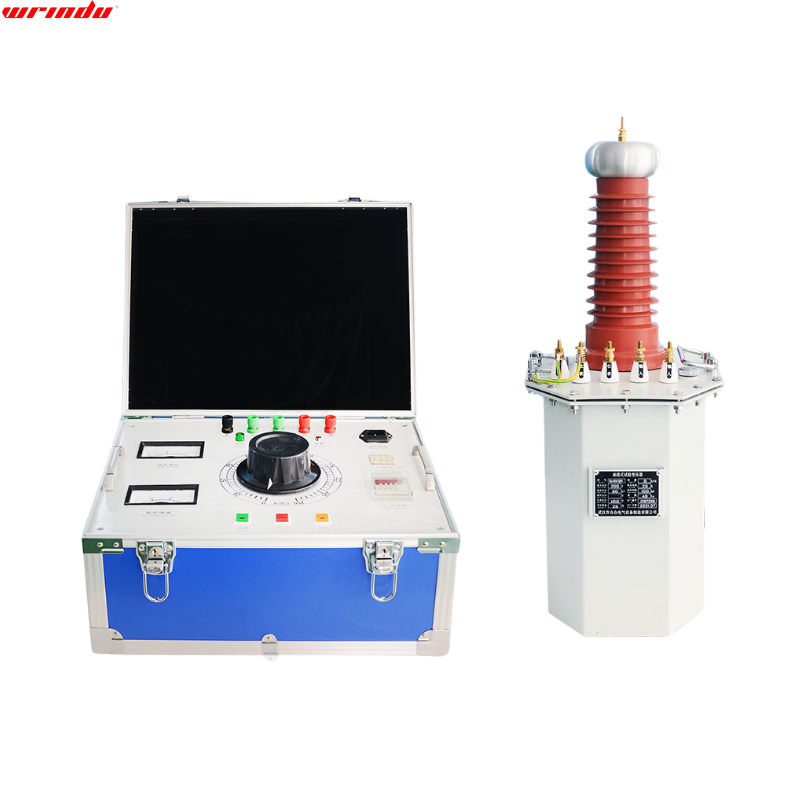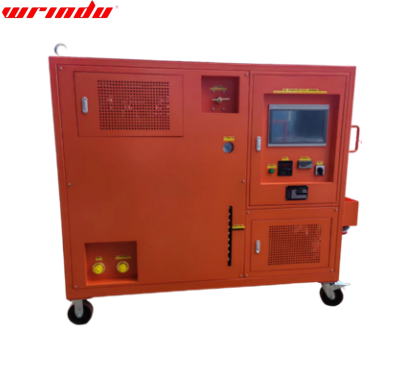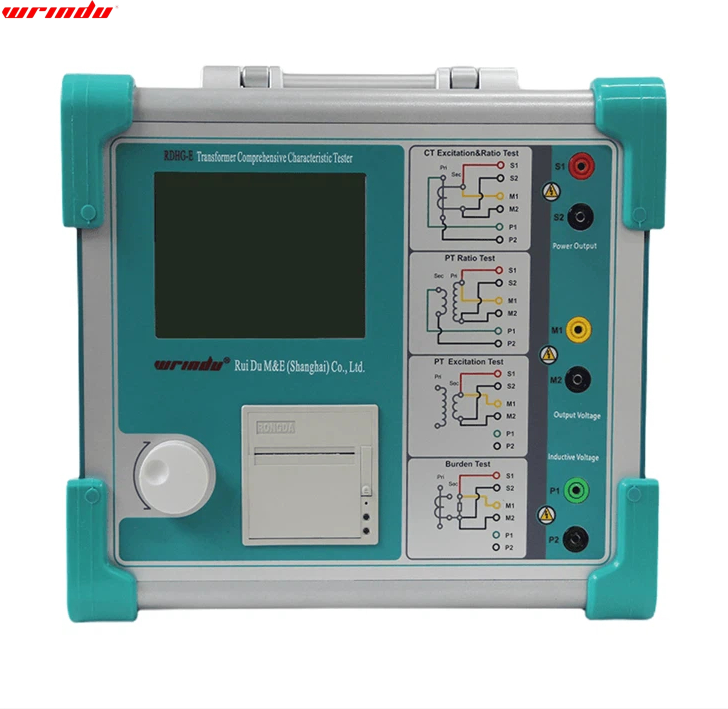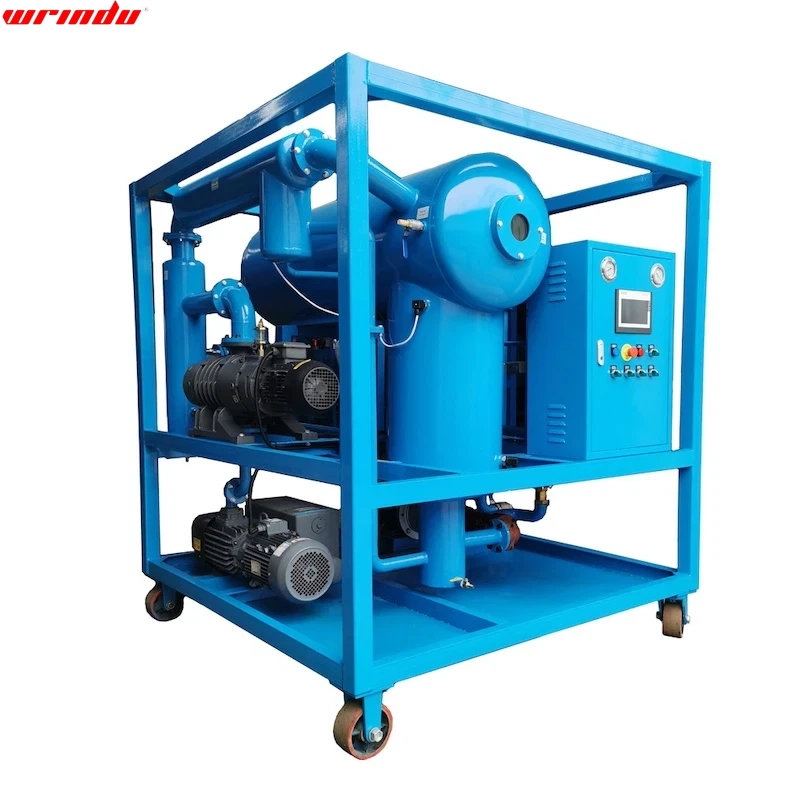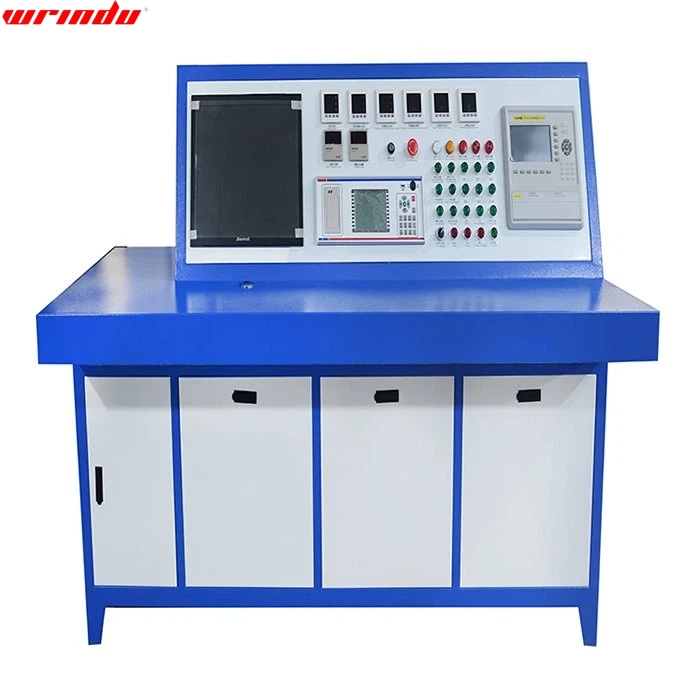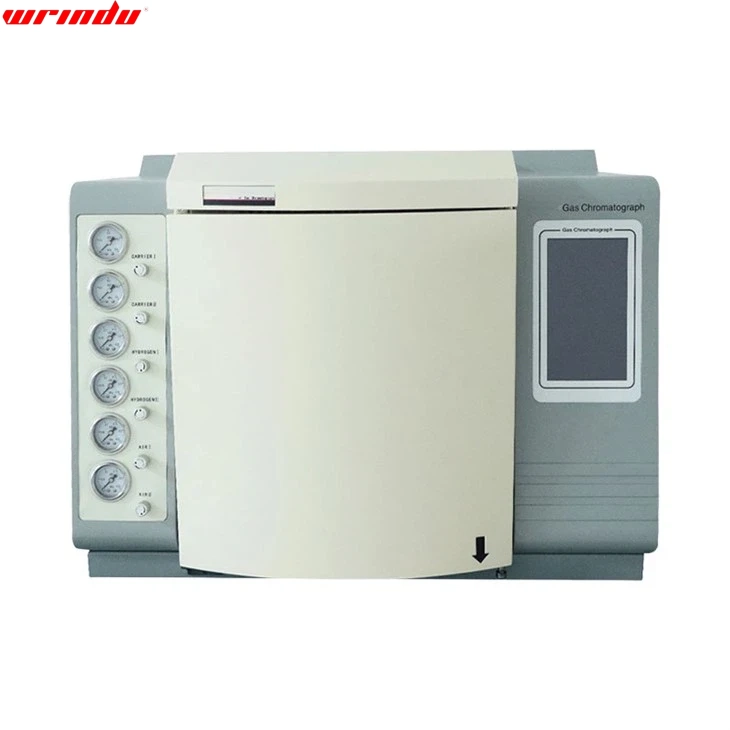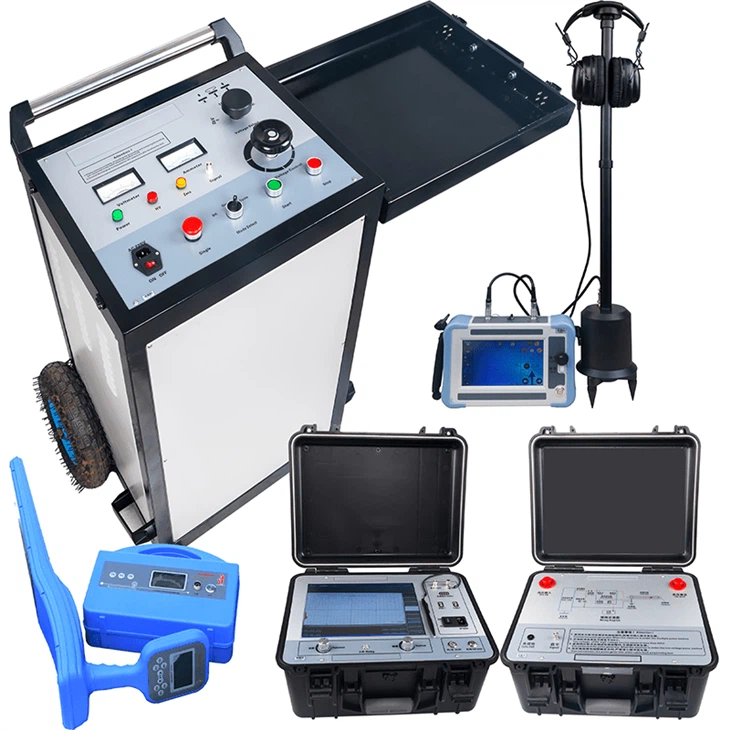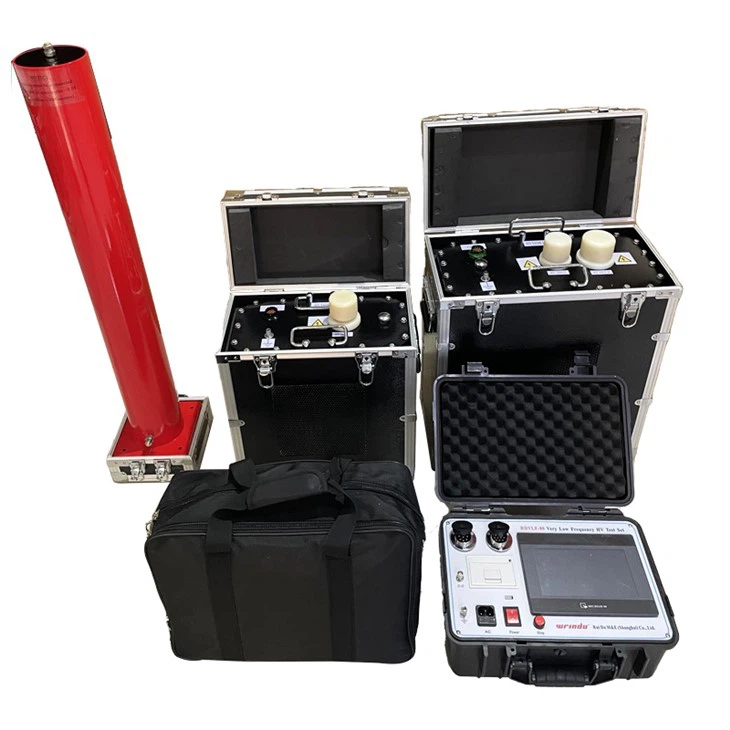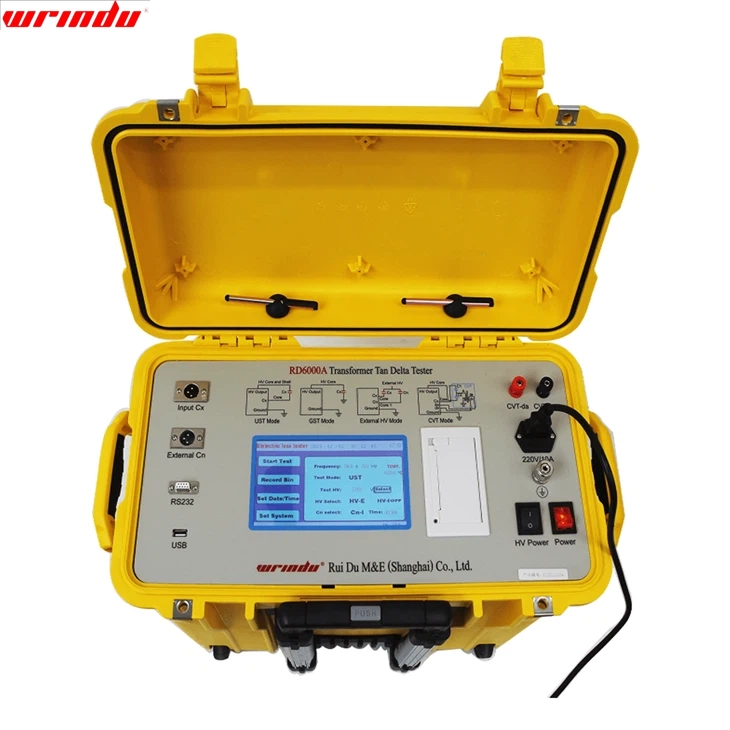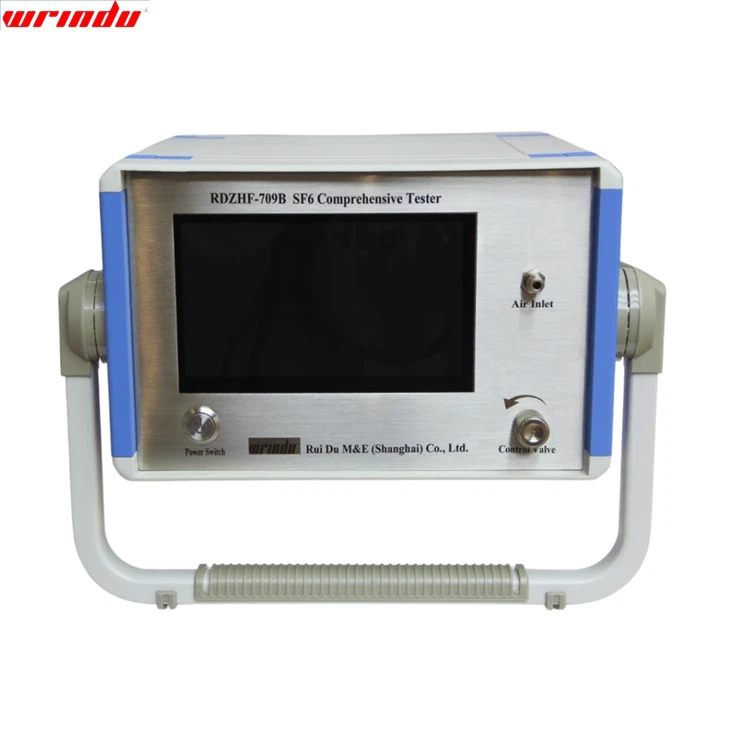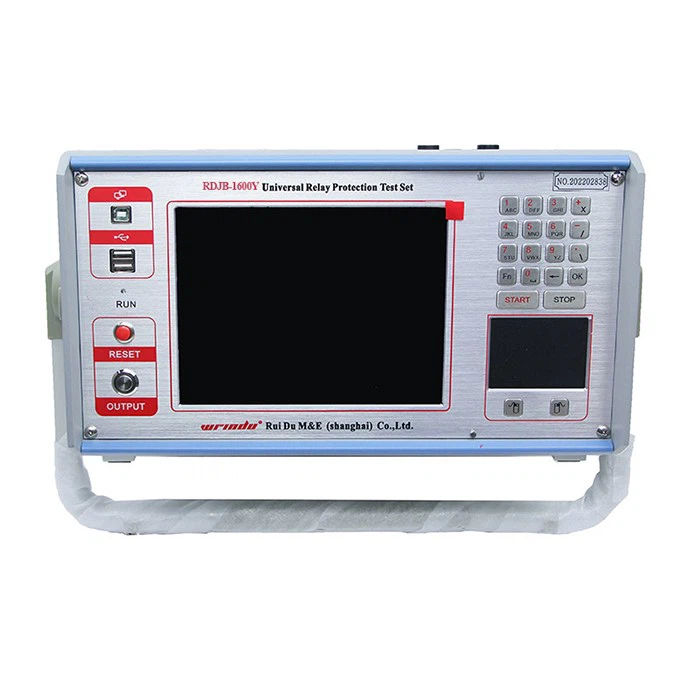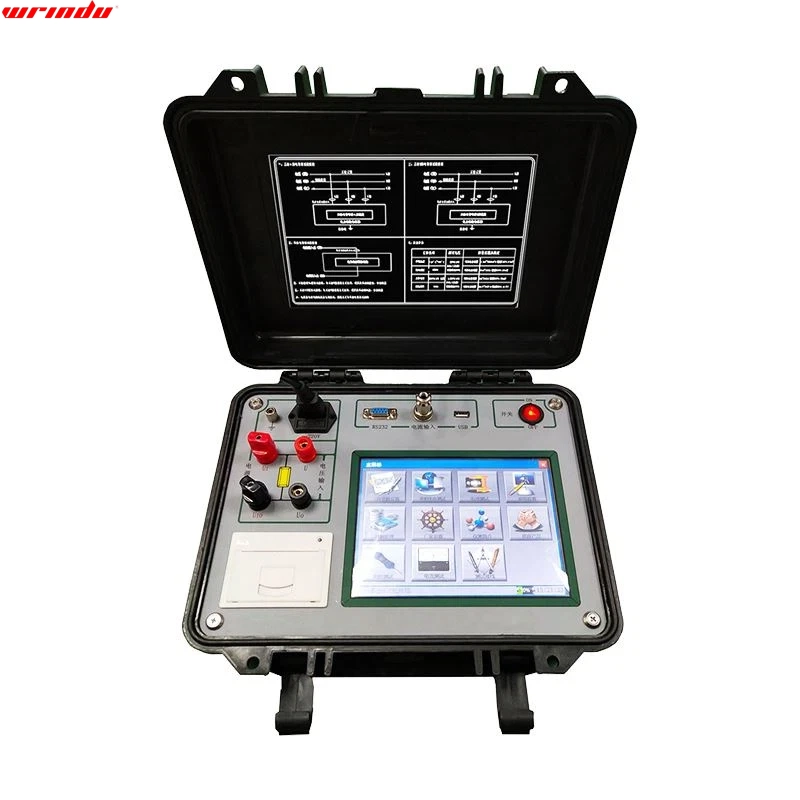OVERVIEW
RDWR-5A ground grid tester is a unique device for accurately measuring the grounding resistance of the earth grid and the continuity between the grounding points. Using frequency conversion anti-interference technology, 50Hz data can be accurately collected in a substantial interference substation environment without large current injection. The measurement data is intuitively presented on the large-screen LCD, and a built-in micro printer is used to output the results quickly. The instrument simplifies the operation process, effectively improves test accuracy and reliability, and dramatically reduces operators’ labor intensity and testing costs. In addition, the grounding impedance and grounding resistance can be measured simultaneously to accurately reflect the actual characteristics of the earth grid, providing an efficient, professional, and reliable solution for the detection of the power system earth grid.
CHARACTERISTIC
1. Provides good power frequency equivalence. The test current waveform is a sine wave. The frequency difference with the power frequency can be as low as 0.1Hz. The maximum does not exceed 10Hz. It supports 50Hz and 60Hz frequency measurements.
2. The frequency difference method combines advanced software and hardware filtering technology to ensure stable and reliable data in a robust interference environment.
3. High measurement accuracy: The fundamental error is only 0.005Ω, suitable for measuring large earth grids with minimal ground impedance.
4. Multi-function measurement: It supports multiple measurements, such as current pile, voltage pile, ground grid impedance, ground resistance, ground conduction, and soil resistivity.
5. It adopts a full-touch LCD, provides a sizeable graphical operation interface, is easy to operate, and operators can quickly get started without professional training.
6. The built-in calendar chip and large-capacity memory can store results anytime, making it convenient for viewing historical data and printing output. The current time and storage time can also be displayed and printed.
7. Efficient data management: Data can be exported through a USB flash drive and supported viewing, management, and generation of reports and test reports using dedicated software on any PC.
8. Safety design: It has ground protection, current limiting, and voltage limiting protection functions, and it provides sound and light alarms to ensure the safety of users and equipment.
9. Vector test function: It can measure the ground grid’s impedance, pure resistance, and impedance angle.
10. Reduce wiring work, no need to use high-current wires, and simplify wiring operations.
11. Integrated model design, built-in standard resistors, constant current sources, easy on-site operation, and improved test efficiency.
12. Easy operation: The microprocessor automatically controls the measurement process. The user only needs to select the measurement mode, and the test can be completed under the microprocessor’s control.
13. When supporting an external power supply, the ground grid tester can output a current of up to 30A and an output voltage of up to 1000V.
For more information about ground resistance testers, please click More.
To request the latest quotes, please click Contact Us.
FAQ
Q: What if earth resistance is high?
A: High earthing resistance can pose several risks, notably an elevated chance of electric shock. This is attributed to higher voltages on exposed metal parts of electrical equipment. It is crucial to address elevated earthing resistance promptly to mitigate these potential safety hazards.
Q: Why is earthing resistance kept low?
A: Low earthing resistance is crucial for safety, equipment protection, system performance, compliance with standards, and overall electrical reliability. It ensures effective dissipation of fault currents, stabilizes voltages, protects against damage, enhances device performance, and maintains a stable reference point for the electrical system. It safeguards lives, equipment, and system functionality while meeting industry standards.
Q: Why is earth ground testing important?
A: Insufficient grounding poses risks of equipment failure and safety hazards. Properly grounded electrical systems ensure protection by providing a safe path for current during events like lightning strikes or overvoltages.




